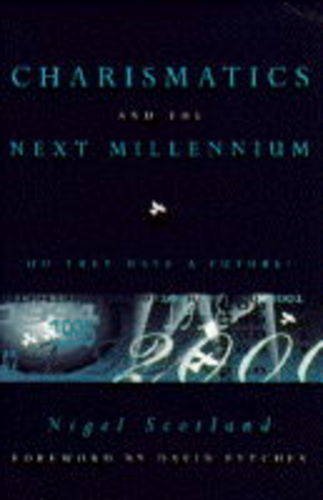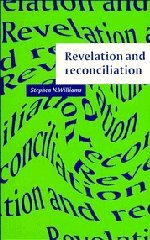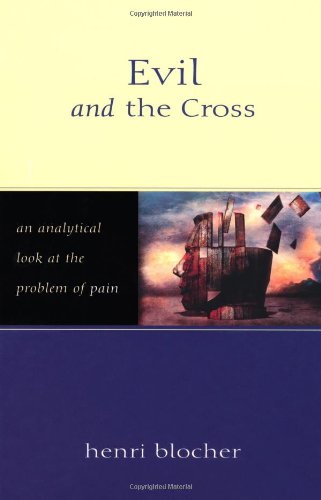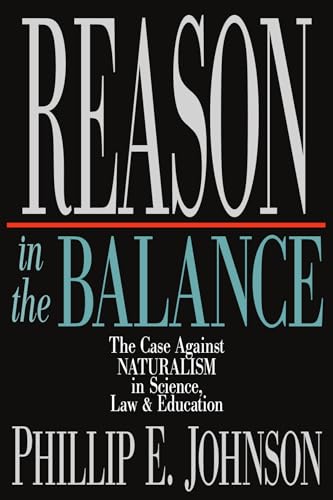King’s College, London Text to Text Pours Forth Speech: Voices of Scripture in Luke-Acts
Written by Robert Brawley Reviewed By Kenneth D. LitwakIntertextuality is the use of the OT in the NT, including quotations, allusions and ‘echoes’. In this book, Brawley provides a helpful addition to the study of intertextuality, focusing on the function of Scripture in Luke-Acts, using insights from modern literary theory as his methodological framework. Brawley seeks to show how the voices of Scripture interact with the voice of Luke-Acts to form a new voice. While many have approached the study of scriptural citations and allusions to ask whether or not they maintain the original sense of the text, Brawley argues that this employs an inappropriate dichotomy. Rather, the focus must be on the interaction of voices from the past and the voice of Luke-Acts, joining to form a new voice which may empty, modify or extend the original voice of Scripture. The book is built around episodes in Luke-Acts in which Brawley sees various literary strategies at work, from which he illustrates his understanding of how Scripture is used in Luke-Acts.
Brawley argues for two key points. First, specific citations and allusions should alert readers to listen for other, broader voices of Scripture. Second, Brawley repeatedly insists that Luke-Acts plays on and appropriates Scripture to present a theocentric perspective, though he does little to demonstrate this. Brawley, then, stands opposed to those who see Luke-Acts using Scripture to make an ecclesiological or christological presentation. Brawley does not say why these are mutually exclusive.
Intertextually, the voice of Scripture and the voice of Luke-Acts affect each other and have a synchronic relationship. Every text ‘mixes the old and the new’. Brawley employs Harold Bloom’s ‘revisionary ratios’ as a way of classifying the interplay between textual voices outside Luke-Acts and textual voices within Luke-Acts: ‘tessera’, for example, completes the meaning of a precursor, while ‘kenosis’ empties a precursor of its previous meaning and gives it a new one.
Naturally, one needs to ask how a ‘voice’ of Scripture may be detected while guarding against ‘whimsical correlations’ (p. 12). Brawley assets that, on the one hand, there is no way ultimately to escape the possibility of hearing ‘voices’ of Scripture which are not there. On the other hand, he refers to Richard Hays’s criteria as useful in doing so (see Richard Hays. Echoes of Scripture in the Letters of Paul). Of Hays’s seven criteria, Brawley thinks that only two are really significant. The first is availability, that is, that the voice being taken up must be available in the cultural repertoire. For example, only readers who know of Abel’s acceptable sacrifice and his blood speaking from the ground will understand how Abel still speaks in the interplay of voices in Hebrews 11:4. The other is volume, by which he means the verbal correspondence between the precursor and the successor. For Hays, volume relates solely to phraseology, while Brawley argues that it extends to the form genre, setting and plot of precursors.
Brawley argues that voices of Scripture may be identified by ungrammaticalities. By this he does not refer to incorrect Greek grammar, but to features of the text that form obstacles to understanding the text and so alert readers to look for meaning beyond the normal sense of the words used. Brawley finds these anomalies in many places, including the temptation in the wilderness. Brawley regards the parable of the wicked tenants in Luke 20 as an example of mise en abume, a text which recapitulates the narrative which contains it. In Luke’s passion narrative and the story of Judas’s death in Acts 1 Brawley finds what Bakhtin calls ‘carnivalesque’ features, that is, story elements which mock or parody the real world. While Jesus’ opponents perpetrate a mockery of him at his crucifixion, Luke resists this ‘carnivalesque construct of world’ through voices of Scripture by juxtaposing it with a world centred on God.
This book makes a valuable contribution to the study of intertextuality, for it raises important methodological questions about how to recognize a ‘voice’ of Scripture in a text. In addition, Brawley shows new approaches to viewing intertextuality through various constructs of modern literary theory. He himself admits that his analysis is partial, yet he has provided in this work several avenues for further research into the use of Scripture in Luke-Acts. Questions, however, remain. Brawley’s approach seems flawed because he is setting up his own either/or between Luke’s commitment to the original sense of a passage versus the intermixing of the voice of Scripture with Luke’s new voice. Two questions arise from this: did any other first-century ce author use a similar hermeneutical approach? And if not, how could Luke have hoped to have his approach accepted? Also, much is made of the presence of ungrammaticalities as signs to readers to look beyond the surface of the narrative. Would Luke’s audience, however, have identified these features as ungrammaticalities? For example, would they have seen the devil’s challenge to Jesus to turn stones into bread as so implausible that it would have been an ‘ungrammaticality’ to them? Would the original audience of Luke-Acts not have accepted the idea that Jesus was fully capable of turning stones into bread if he chose to do so? Also, Brawley’s presentation is overly complex and needlessly full of esoteric terminology which does little to aid in understanding Luke-Acts and hinders the reader in understanding Brawley. Finally, concerns remain with Brawley’s application of modern literary theories to Luke-Acts. How can one validate that the recounting of Judas’s death in Acts 1 is meant to be seen as ‘carnivalesque’? It seems to me that Brawley has forced features of the text to match these modern categories.
These questions notwithstanding, this book will be useful to those interested in the study of intertextuality, and we can be grateful to Brawley for offering many valuable insights into the voices of Scripture in Luke-Acts.
Kenneth D. Litwak
Kenneth D. Litwak
Gateway Seminary
Ontario, California, USA







